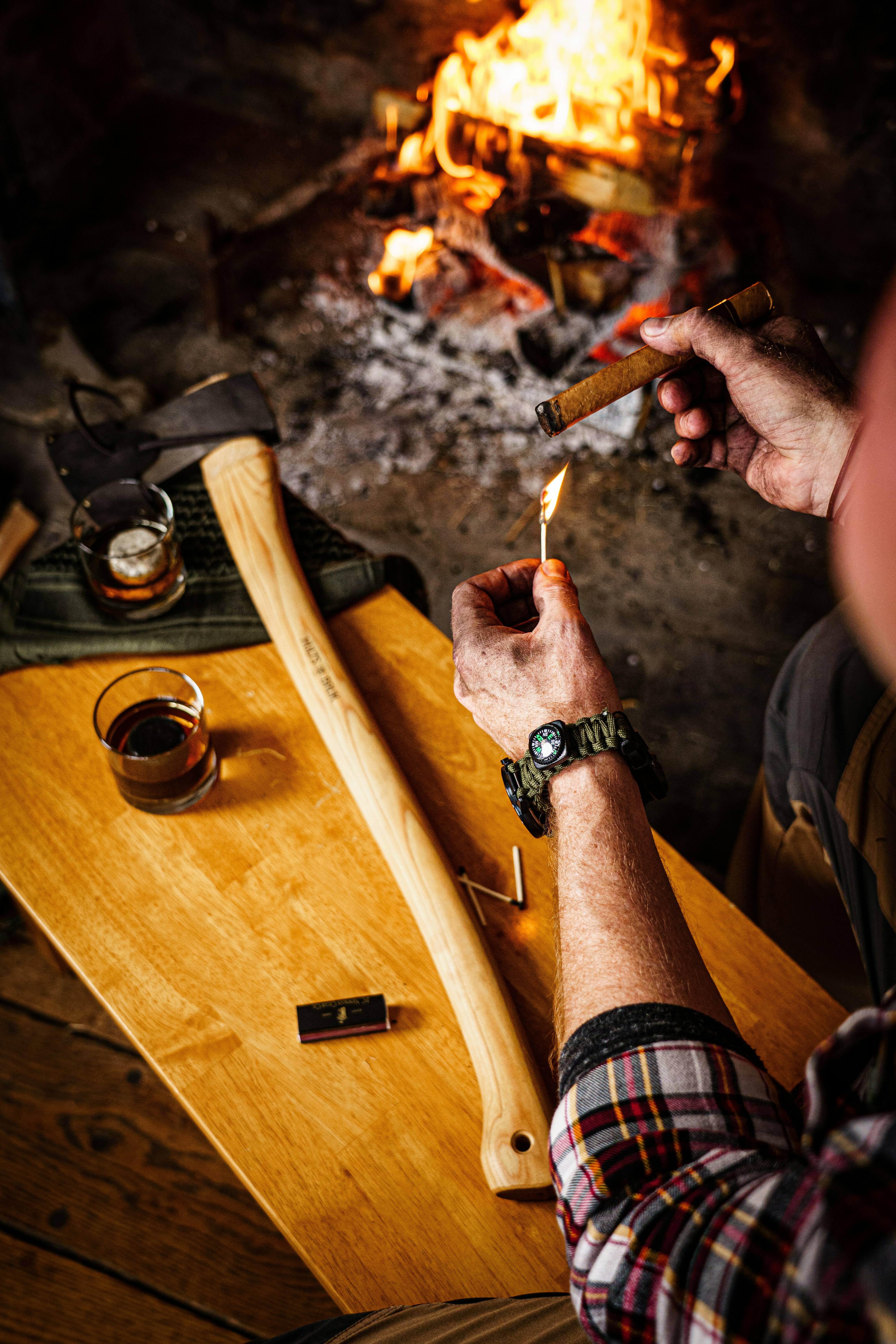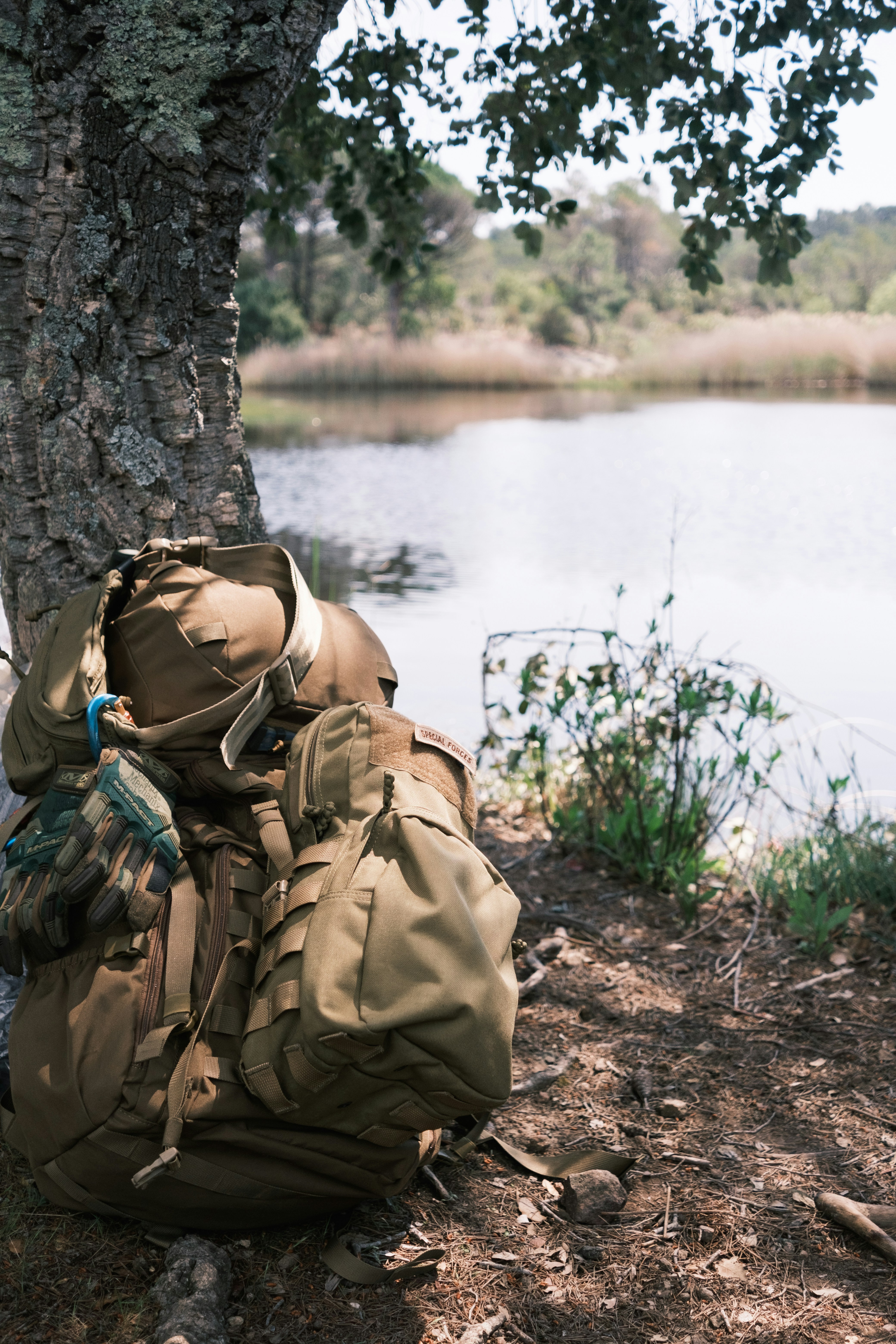Bushcraft cooking is more than just preparing food outdoors — it’s a return to primal self-reliance, creativity, and resourcefulness. Unlike glamping-style camp cooking with propane stoves and coolers, bushcraft cooking uses the land, fire, and simple tools to create nourishing meals in the wild.
Whether you’re practicing survival skills, homesteading, or just exploring a deeper connection with nature, learning to cook using bushcraft methods adds confidence and flavor to your outdoor experience.
What is Bushcraft Cooking?
Bushcraft cooking refers to the traditional, low-tech methods of preparing food in the wilderness using fire, natural materials, and minimal equipment. It involves techniques such as:
- Cooking over an open flame or coals
- Building a fire reflector or stone oven
- Using improvised cookware like sticks, rocks, or clay
- Processing wild ingredients or foraged food
Bushcraft cooking is as much about skill as it is about patience, and it requires you to work with nature rather than against it.
Why Learn Bushcraft Cooking?
Bushcraft cooking teaches:
- Self-sufficiency in outdoor or emergency scenarios
- Resourcefulness with limited tools or ingredients
- Survival skills that could save your life
- A deeper respect for food and fire
It’s also immensely satisfying. Few things compare to the flavor of a fish you caught, cleaned, and grilled over a fire you built yourself.

Essential Bushcraft Cooking Tools
You don’t need fancy gear — just a few key items and knowledge.
Must-Have Tools:
- Bushcraft knife – for food prep, carving utensils, and fire-making
- Small axe or hatchet – for splitting wood and shaping cooking tools
- Firesteel or ferro rod – for reliable fire-starting
- Metal billy can or pot – for boiling, stewing, or brewing
- Grill grate or tripod – for supporting pots or cooking directly over flames
- Skewers and greenwood sticks – for roasting or grilling
Bonus: Bring aluminum foil, salt, or a small spice kit in your bushcraft pack — it goes a long way.
7 Common Bushcraft Cooking Methods
1. Stick Roasting
Thread sausages, fish, or bannock dough on a carved green stick and roast slowly over coals. The key is rotating for even cooking without burning.
2. Rock Frying
Heat a flat rock in your fire, then use it as a cooking surface. Works well for eggs, bacon, or flatbreads. Make sure the rock isn’t porous or wet, or it may crack or explode.
3. Clay Baking
Wrap fish or root vegetables in clay and bake directly in coals. Once the clay hardens, crack it open — the food inside will be steamed to perfection.
4. Dutch Oven Cooking
If you carry a cast iron Dutch oven, you can make stews, breads, or even pies over a bed of coals. Cover the lid with embers for even top-down heat.
5. Pit Cooking
Dig a small pit, line it with hot rocks, wrap food in leaves or foil, and bury it. Great for slow-cooking tougher meats or hearty root vegetables.
6. Hobo Stove Cooking
Build a hobo stove from a tin can and cook simple meals like soup, rice, or ramen with twigs and firewood.
7. Stone Oven Baking
Construct a dome with clay and stones, heat it with fire, and bake bread or flatbreads inside using retained heat.
Classic Bushcraft Meal Ideas
These are filling, simple, and require minimal ingredients.
- Bannock Bread: Mix flour, salt, and water into dough; cook on a stick or pan.
- Foil Packets: Chop meat, potatoes, onions, and carrots; wrap in foil and bury in coals.
- Foraged Soup: Use wild greens, mushrooms (if you know they’re safe), and herbs with a bouillon cube in boiling water.
- Skillet Trout: Catch a fish, gut it, and cook it with wild lemon balm and a dash of salt.
- Egg-in-a-hole Log: Crack an egg into a hollowed log section and cook it slowly over coals.
Safety & Foraging Tips
- Know your wild edibles: Only eat plants or mushrooms you can identify with 100% certainty.
- Purify water: Always boil, filter, or chemically treat wild water sources.
- Mind your fire: Build your fire on non-flammable ground and always extinguish it completely.
- Store food safely: Keep perishables cool, dry, and protected from animals.

Final Thoughts
Bushcraft cooking is equal parts survival skill and outdoor art. It requires creativity, adaptability, and a willingness to slow down and connect with your surroundings. Every meal cooked in the woods is a lesson — not just in firecraft and food, but in patience and appreciation.
So next time you head into the wild, pack light, bring your knife, and challenge yourself to cook with what nature offers.


